... zesty, sweet, spicy, citrusy, warming, floral, tangy ...
Home fermentation is so damn cool.
Cashew cheeses, kimchi, sauerkraut, hot sauce…did someone say “flavor“? YES PLEASE!
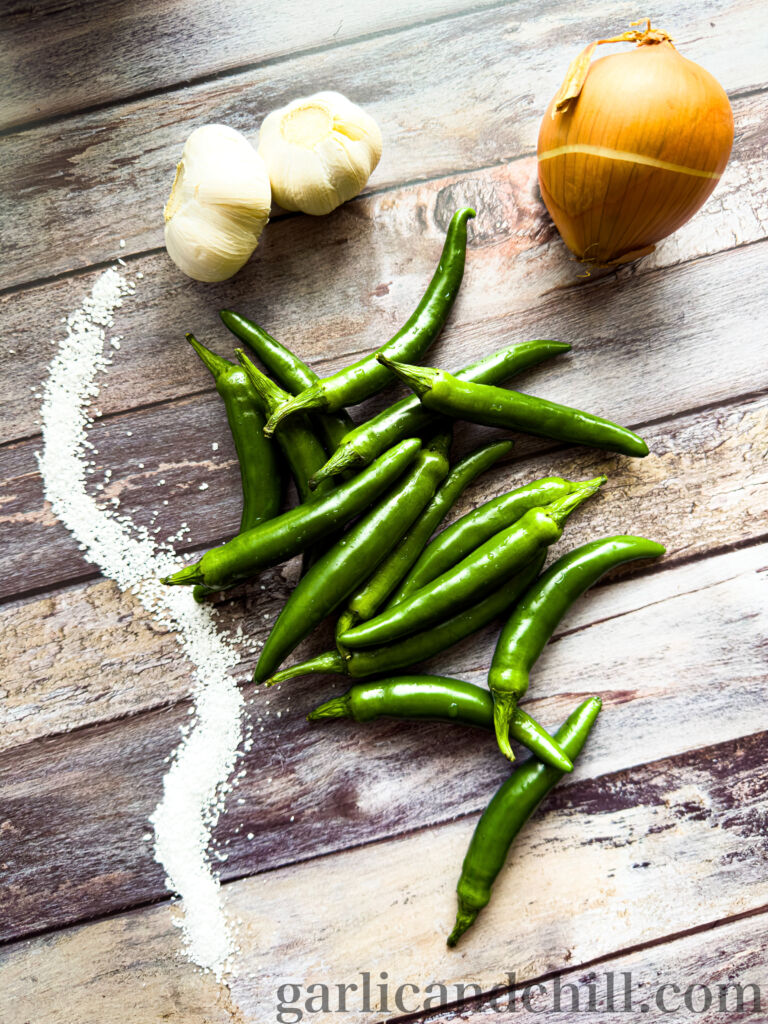
It might seem daunting initially, but don’t let home fermentation intimidate you! Most home-fermented things are easy to make and have simple ingredients; some incredible, layered, and deep flavors develop with some basic precautions and time added. Hot sauce is, by far, one of the most accessible and easy fermented foods you can make.
With clean brine, fresh ingredients, and time, comes lacto-fermentation and good bacteria for your gut, along with the ever-changing and evolving flavors of the ingredients. Clean chopped peppers, onions, and whole garlic kept submerged in a salt water brine for a week, then blended and seasoned to taste. That’s all it is!! Very chill.
The best part of fermenting your own hot sauce at home is that it’s cheap, relatively easy to prep, and all it needs is time.
Here, we’re creating a live, active hot sauce that does not involve pasteurization. You could pasteurize this if you wish to make it more shelf stable, but I immensely enjoy the bright, fresh flavor and the added probiotic benefits of a live & active cultured hot sauce. It’s a living thing! (But not in a weird way.)
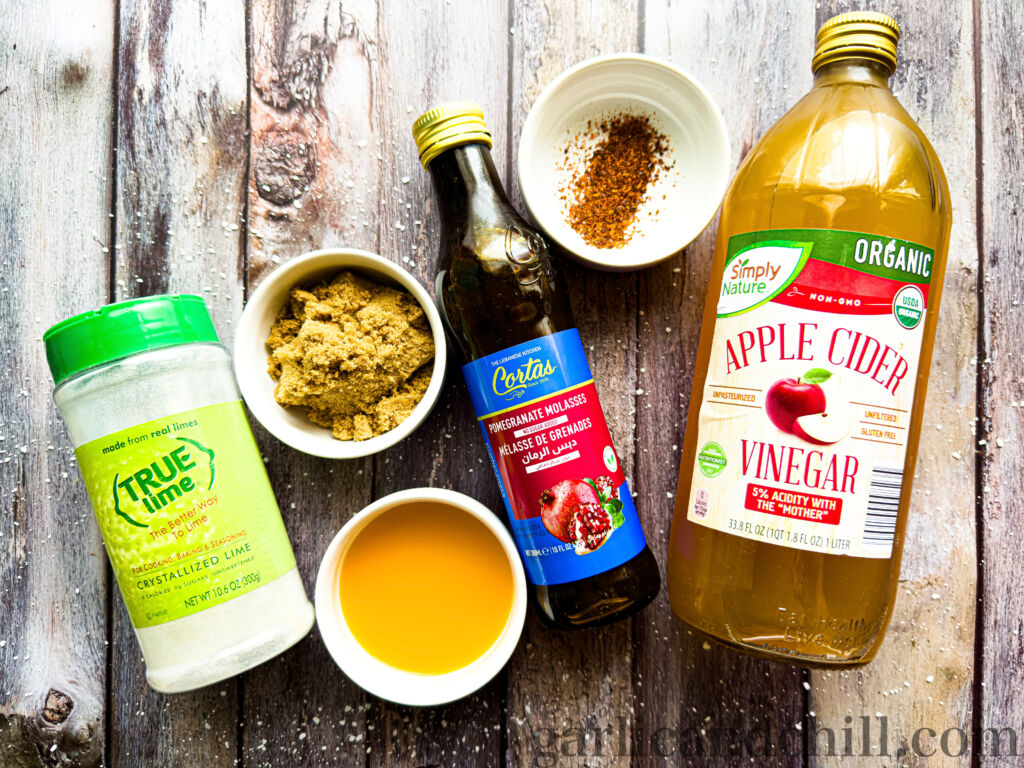
- Ingredients -
Clean Produce – There are practically limitless possibilities with produce, which is another thing that makes hot sauce projects lots of fun. We’re using serrano peppers in this recipe, slightly higher on the Scoville Scale from jalapenos, with a bright green flavor and a slow build heat. Sweet onions and lots of garlic are fermented with the serranos in a salt brine for about a week. Keeping everything submerged and below a brine level infuses all the flavors and heat, creating a probiotic-rich lacto-fermented vegetable base and flavorful liquid brine. Ensure you get the best produce possible; the fresher, the better. Also, if any veg starts to turn before it’s placed to ferment, harmful bacteria might grow, which we want to prevent. Wash the produce well with plain water, get any dirt or grit out, and trim/omit anything starting to turn.
Adding pomegranate molasses, tangerine juice, and dehydrated lime juice powder at the blending stage adds a fruity tartness, the gochugaru is a bridge between the peppers and the fruitiness, the apple cider vinegar adds acidity but also helps preserve it, and the xanthan gum helps to keep it from separating. (Hot sauce will separate without a binder.)
The Brine – To propagate good bacteria and suppress any harmful bacteria or molds from occurring, the salinity of the brine needs to be around 3%-5% of the water weight used. The salt used for the brine should not contain iodine or any extra-added ingredients. I recommend kosher salt as it’s super pure, clean, and worry-free. You should also use spring or filtered water so you know you’re not getting all the crap that comes with the tap; water treatment chemicals inhibit the growth of good bacteria.
I generally use a 5% salt-to-spring/filtered water ratio for my hot sauce recipes as a good salinity balance to allow the good bacteria to propagate and suppress the harmful bacteria from taking over while still being able to ferment well (if salinity is too low, bad bacteria and molds will propagate; if the salinity is too high, it will kill all the bacteria).
Temperature -&- Time – The hot sauce veg takes about a week to ferment (but you could go longer!). The higher the room’s ambient temperature, the faster it will ferment; the colder it is, the longer it will take to ferment. Based on a standard (about 70℉) room temp, this takes about a week, but keep the temperature in mind when watching it over that time. If it’s excessively active, ask, “Is the room hotter?” If it’s not bubbly, “Is the room too cold?” That might be why.
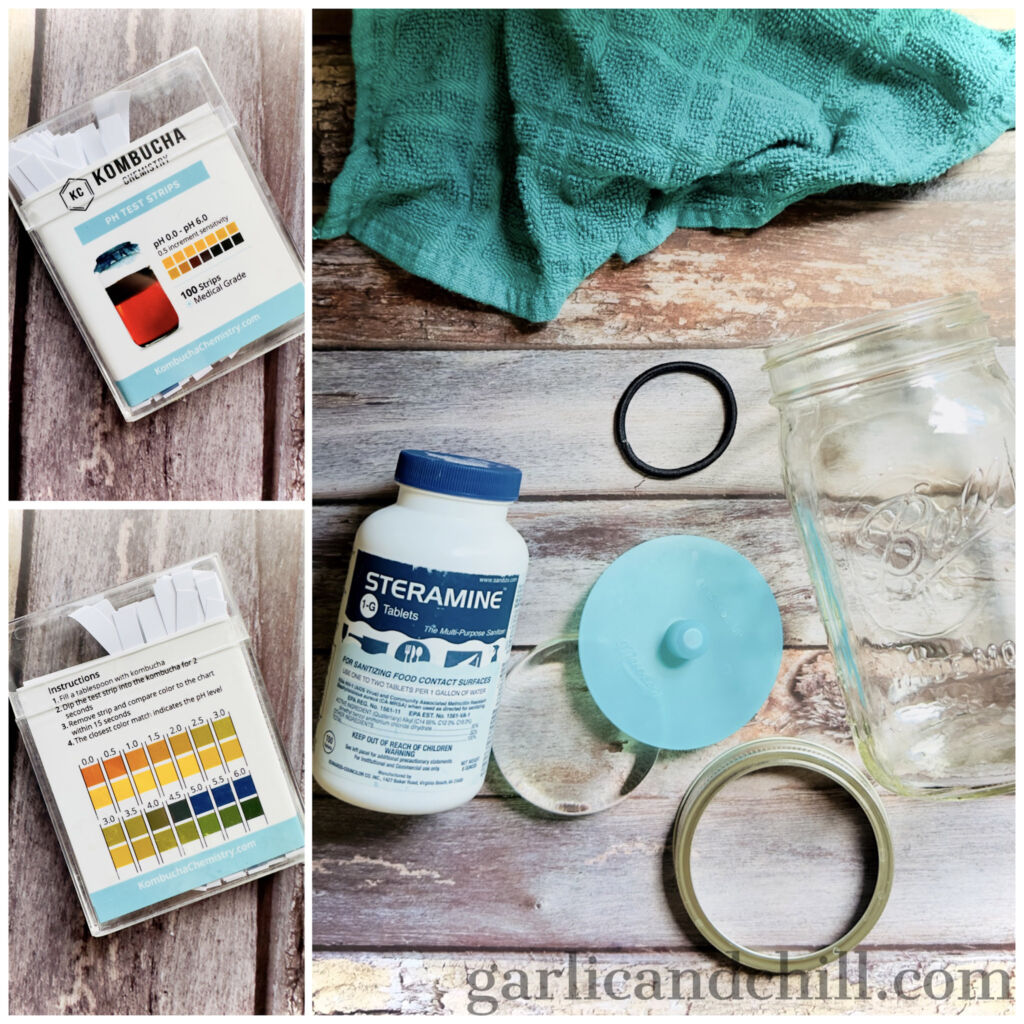
- Cleanliness -&- Safety -
Equipment: Wash, Rinse, Sanitize, Air-Dry – Ensure every piece of equipment used is well-scrubbed with hot soapy water, rinsed well, and thoroughly air-dried; I like to use a restaurant-grade food surface sanitizer between the rinse and air-dry stages (like Steramine, as seen above; if you get some, proper use & instructions are on the bottle), to help further sanitize the counters/prep surfaces and equipment needed. I always use this for the bottles, before filling and gifting to others, as well.
Speaking of equipment, I love to use Mason Tops and their corresponding glass weights for small home-fermentation projects, as seen above. They’re reusable and super clean; the silicone top allows the gas to escape the jar without letting bad stuff back in, and the weights are great for keeping everything in the jar evenly submerged under the brine. Worth the buy.
Clean -&- Safe Hands – Wash your hands well, avoid touching your phone and stuff, focus on the veg, and wash your hands more. I also strongly advise using disposable gloves when handling the peppers. The oil inside the jalapenos and on the seeds is notorious for staying on your hands for a long time. (You go to touch your eyes or go to the bathroom with pepper hands; that’s a world of pain. Let’s avoid that mess and use gloves when choppin’.)
Store Finished Sauce In The Fridge! – So, we know room temperature helps accelerate fermentation. Some folks prefer storing hot sauce in the cupboard or on the counter at room temperature. However, this being a live active cultured product, you have to make sure that when it’s finished (blended, seasoned, and processed for storage), you store it in the fridge -ONLY-; never leave the finished sauce out on the counter or in a cupboard, or any place that’s not refrigerated. Leaving it out at room temp in an enclosed bottle creates pressure that could lead to exploding piping hot sauce and glass in the face and on the walls, and that’s no bueno. Plus, you don’t want to give a manageable chance for any harmful bacteria to grow; limit the opportunities as much as possible.
The super cold of the fridge (along with the added vinegar) will drastically slow down the fermentation, but it won’t cease entirely; it’s wise to leave the lid slightly ajar to let out any excess air/pressure build-up while stored in the fridge, as well.
pH Peace of Mind – So, this is a matter of preference and caution, but I like to run a quick lil’ pH test on the sauce after it’s been made to ensure it’s in the safe zone (below 4.0); you take 1-TBLS of the finished hot sauce and set it aside to test with a tiny strip of pH test paper. It takes less than a minute and provides great peace of mind. Most hot sauce recipes I’ve made test at around 2.0-3.0 pH, far within the safe zone (below 4.6 is not a habitable environment for botulism to grow).
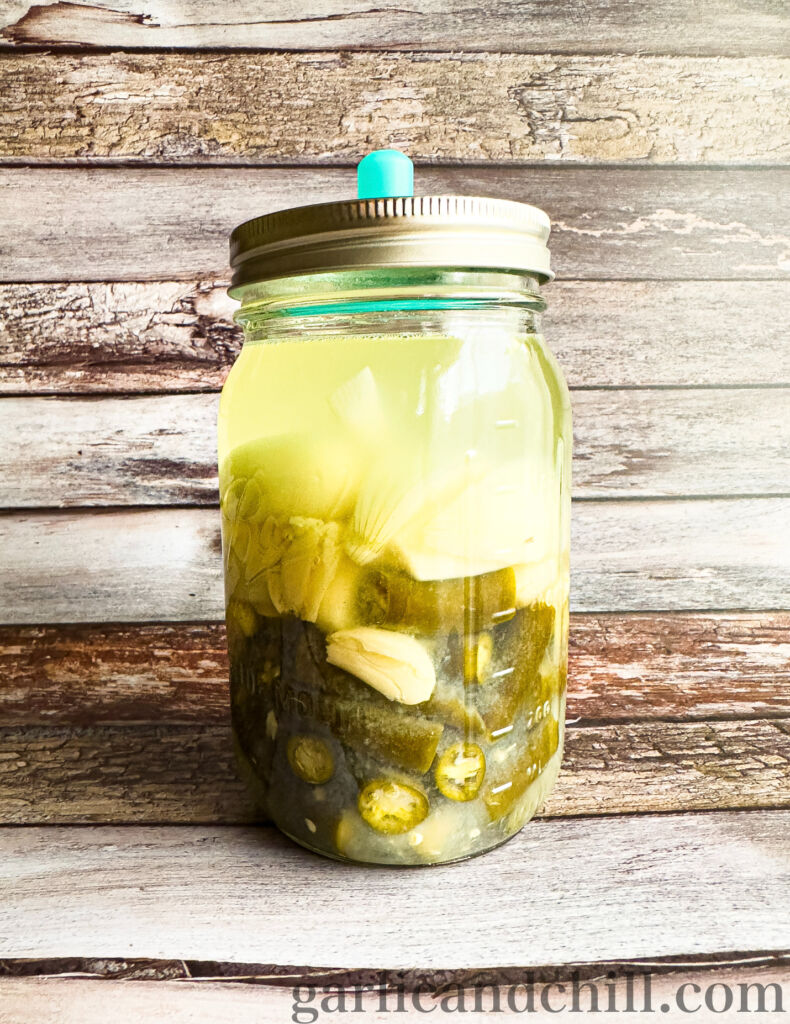
- Equipment -
- Sharp Knife
- Cutting Board
- Kitchen Scale (optional)
- 1-wide mouth Quart Ball/Mason Jar (w/ lid & ring)*
- A fine mesh Strainer
- A High-speed Blender
- Multiple Spoons (for stirring and tasting)
- Measuring Spoons
- Measuring Cup
- Mason Top & Glass Pebble Weight (recommended)
- Medium Glass Bowl
- Clean Washcloths/Kitchen Towels
- Rubberband
- Disposable Gloves
- Steramine Sanitizer Tablets (optional)
- pH Test Strips (for testing fermentation; optional)
- * = Make sure it’s fermentation-grade glass to handle any gas pressure
So what can I use this for?
Uh, what CAN’T you use this for?!
Burgers, tacos, pizza, nachos, salad dressings, marinades, pasta, soups, the list goes on and on and on and on and on…
More hot sauce recipes are coming, but let’s start with this one!
Hi-yah! Onward!
Wash, rinse, sanitize, and air-dry all equipment needed.
Mix hot water and weighed kosher salt together until dissolved, then carefully add the cool water to dilute. Stir and set aside.
Wash peppers with water. Remove & discard stems, and chop peppers into thirds or halves.
Place at the bottom of the jar.
Peel garlic cloves, and whack them once with a knife. Place over the peppers.
Peel onions, remove the root and tail, and cut into quarters. Place on top of the garlic. This will help better hold all the garlic and most of the seeds under the glass weight/brine level.
Press down and compact the veg.
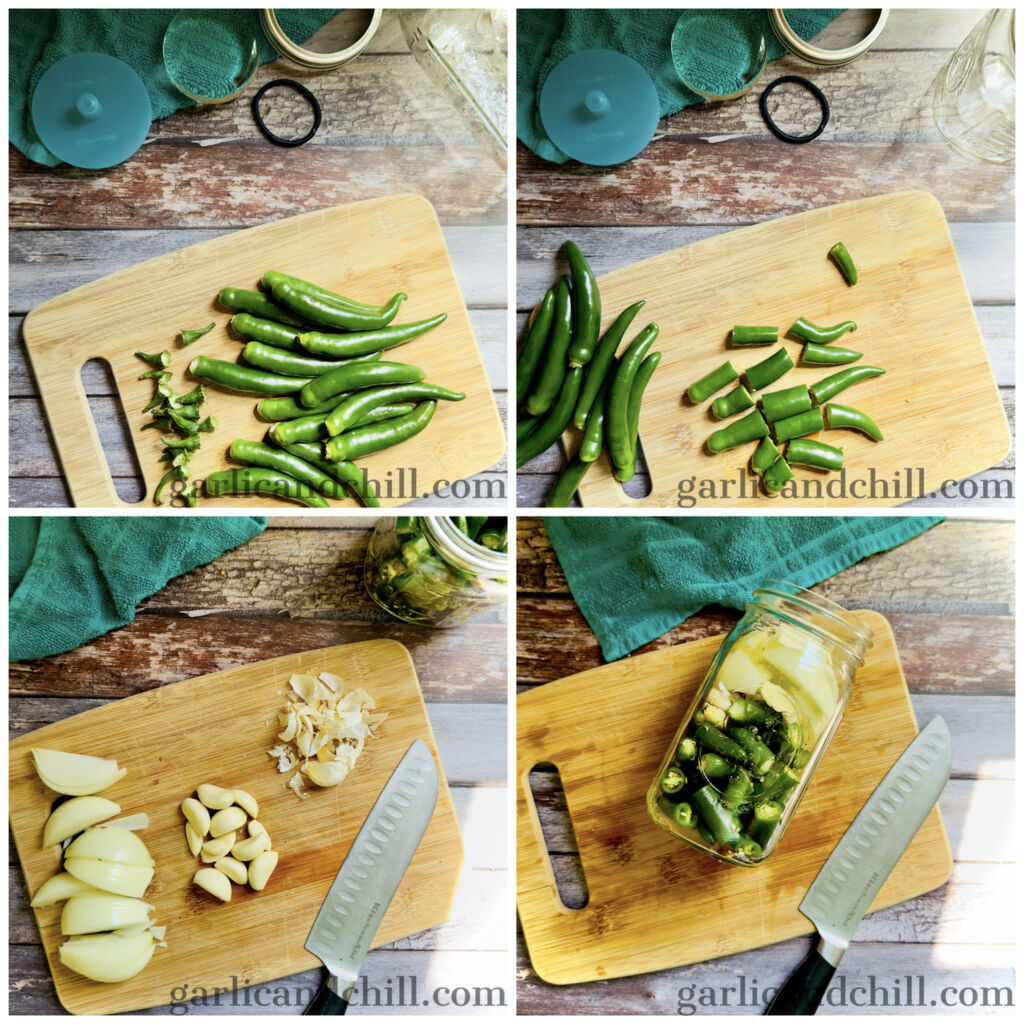
Place the glass weight on top of the veg, and pour brine over the top, until the brine level is at the neckline of the jar (no higher). Be sure to press down a bit, to make sure everything is submerged.
(If anything is floating on the top, be sure to skim it off).
Add the airlock, and use the lid-ring to tighten it into place.
Place a clean kitchen towel/washcloth over the jar (secured with a rubber band over the lip), and set in a room temperature, low-activity spot of your kitchen.
Ferment for 1 week, checking on it daily for any issues.
(Ensure everything is submerged, floaters are removed with a clean spoon, and nothing fuzzy is growing.
If a white, powdery-looking, web-like something appears, relax; this is Kahm Yeast, not mold. Skim it off, wipe the edges down, and continue fermenting.)
Separate the veg from the brine using a strainer set in a bowl.
Add all the veg to a blender with only ½ cup brine, pomegranate molasses, brown sugar, gochugaru, dehydrated lime juice powder, tangerine juice, and apple cider vinegar.
Blend until super smooth. Strain through a fine sieve to remove extra pulp. Discard the pulp and return to the blender.
Then add xanthan gum and blend on high speed for about 15-30 seconds.
Pour into clean jars/bottles, and store in fridge for a minimum of 6 months (it can last longer!; watch for any dullness/changes in color and flavor).
Ingredients
Directions
Wash, rinse, sanitize, and air-dry all equipment needed.
Mix hot water and weighed kosher salt together until dissolved, then carefully add the cool water to dilute. Stir and set aside.
Wash peppers with water. Remove & discard stems, and chop peppers into thirds or halves.
Place at the bottom of the jar.
Peel garlic cloves, and whack them once with a knife. Place over the peppers.
Peel onions, remove the root and tail, and cut into quarters. Place on top of the garlic. This will help better hold all the garlic and most of the seeds under the glass weight/brine level.
Press down and compact the veg.

Place the glass weight on top of the veg, and pour brine over the top, until the brine level is at the neckline of the jar (no higher). Be sure to press down a bit, to make sure everything is submerged.
(If anything is floating on the top, be sure to skim it off).
Add the airlock, and use the lid-ring to tighten it into place.
Place a clean kitchen towel/washcloth over the jar (secured with a rubber band over the lip), and set in a room temperature, low-activity spot of your kitchen.
Ferment for 1 week, checking on it daily for any issues.
(Ensure everything is submerged, floaters are removed with a clean spoon, and nothing fuzzy is growing.
If a white, powdery-looking, web-like something appears, relax; this is Kahm Yeast, not mold. Skim it off, wipe the edges down, and continue fermenting.)
Separate the veg from the brine using a strainer set in a bowl.
Add all the veg to a blender with only ½ cup brine, pomegranate molasses, brown sugar, gochugaru, dehydrated lime juice powder, tangerine juice, and apple cider vinegar.
Blend until super smooth. Strain through a fine sieve to remove extra pulp. Discard the pulp and return to the blender.
Then add xanthan gum and blend on high speed for about 15-30 seconds.
Pour into clean jars/bottles, and store in fridge for a minimum of 6 months (it can last longer!; watch for any dullness/changes in color and flavor).


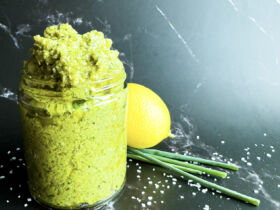
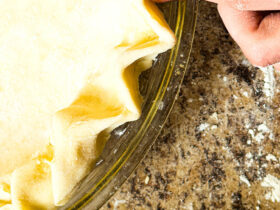
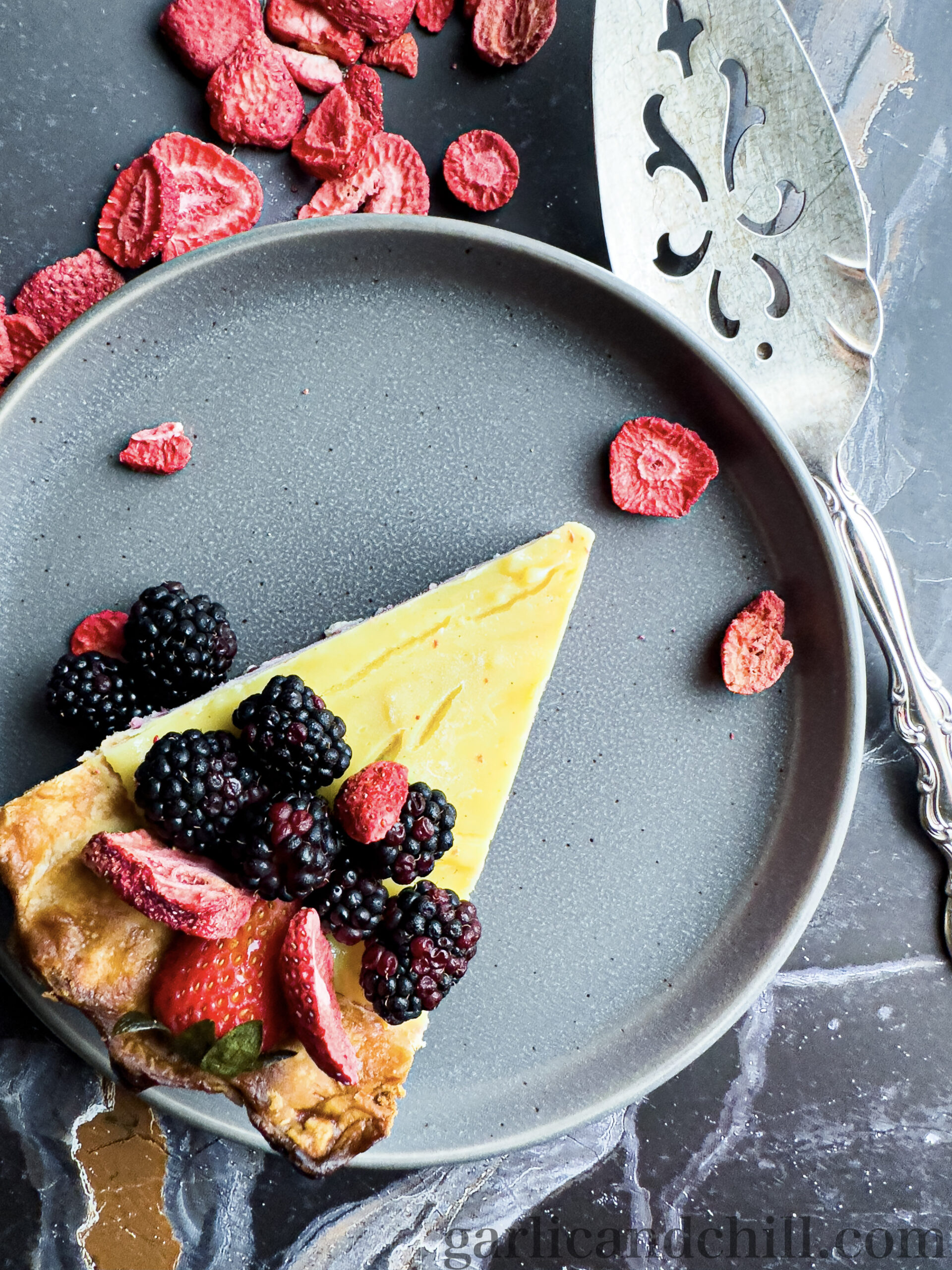
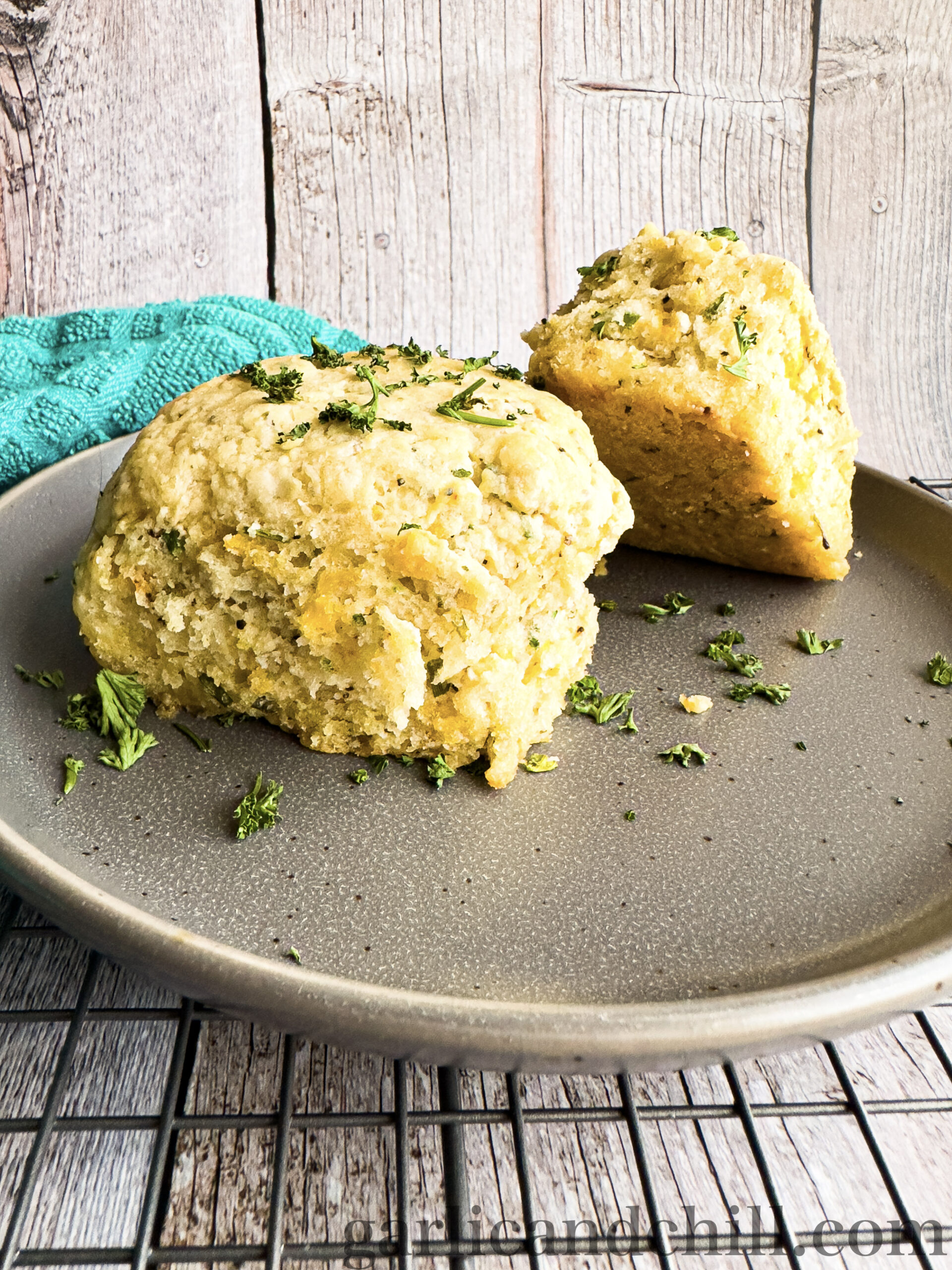
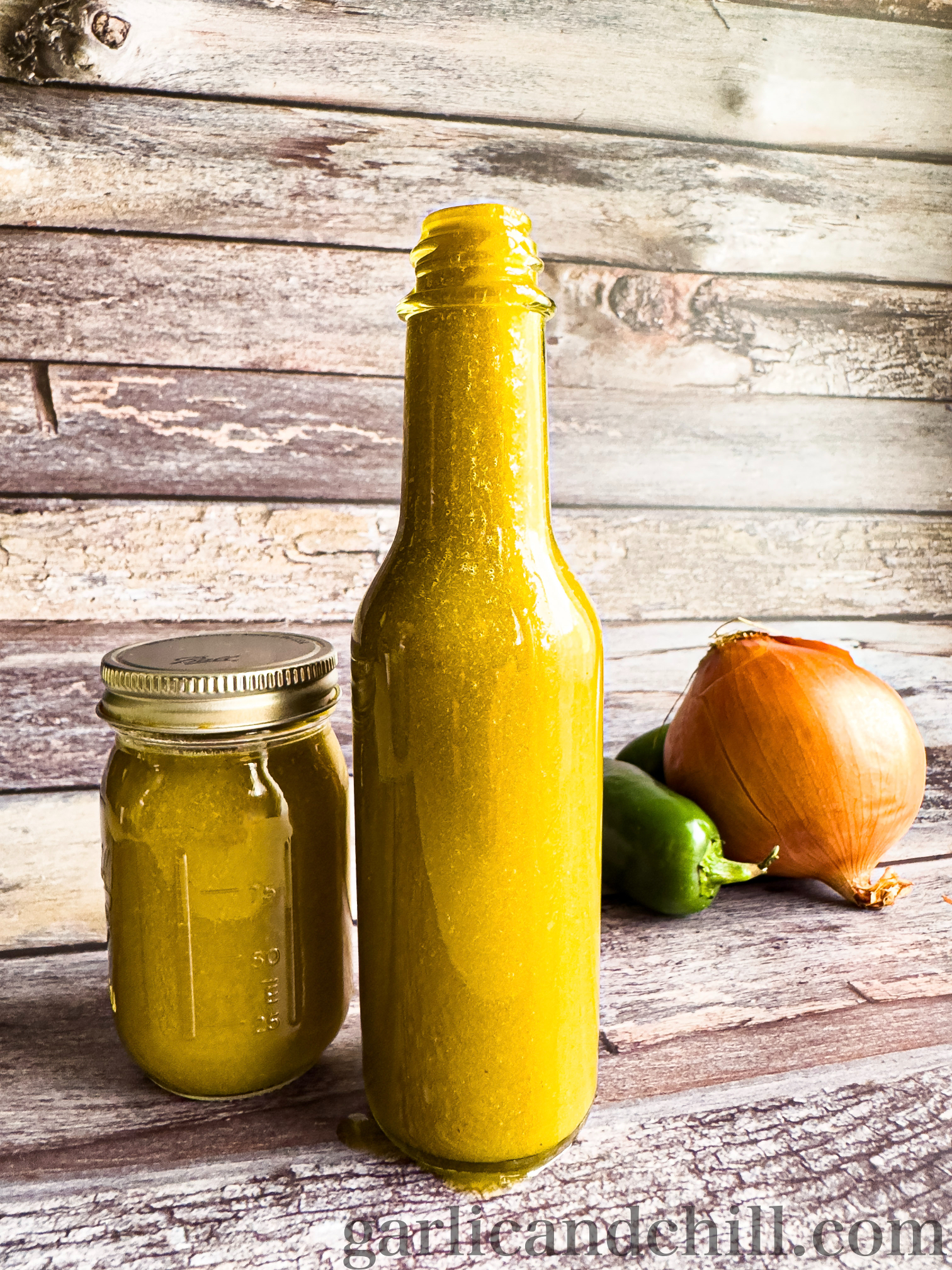
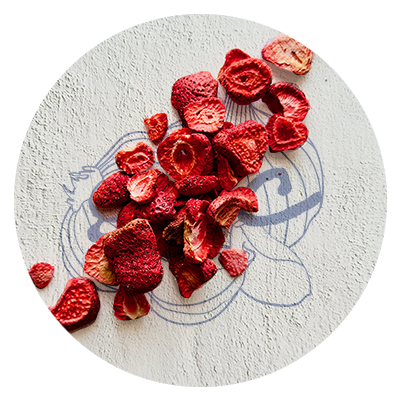

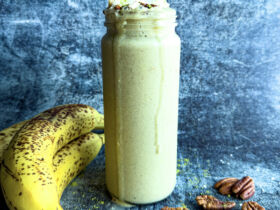
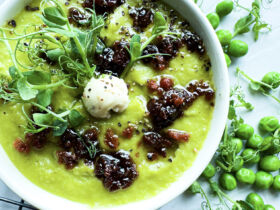
Leave a Reply